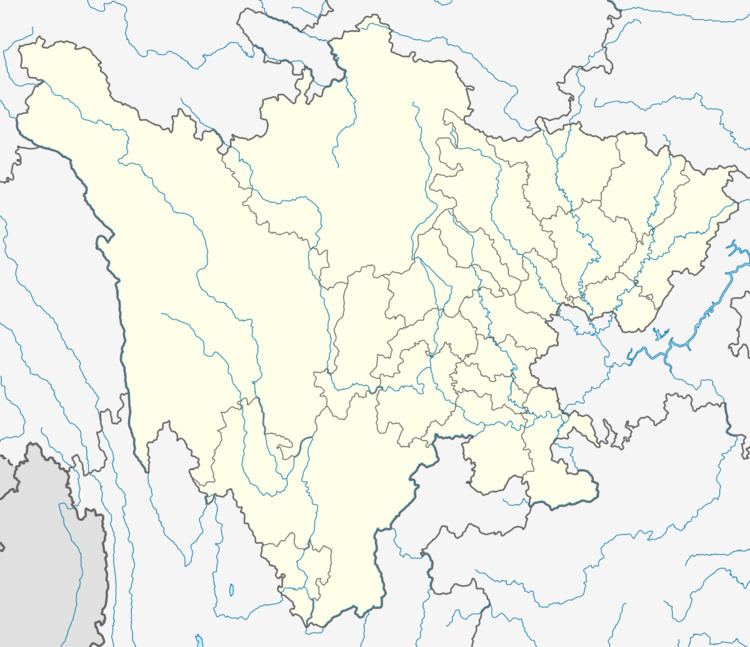Sub-provincial city Chengdu Postal code 6101XX Area 558 km² Province Sichuan | Time zone China Standard (UTC+8) 2 Qingyang Local time Monday 4:01 AM University Sichuan Normal University | |
 | ||
Country People's Republic of China Chengdu district map Subdivisions of Chengdu, Sichuan
1
2
3
4
5
6
7
8
9
10
11
12
13
14
15
16
17
18
19
Core districts
1
Jinjiang
2
Qingyang
3
Jinniu
4
Wuhou
5
Chenghua
Suburbs
6
Longquanyi
7
Qingbaijiang
8
Xindu
9
Wenjiang
11
Shuangliu
12
Pidu
Satellite cities
16
Dujiangyan
17
Pengzhou
18
Qionglai
19
Chongzhou
Rural
10
Jintang Co.
13
Dayi Co.
14
Pujiang Co.
15
Xinjin Co. Weather 8°C, Wind NE at 19 km/h, 87% Humidity Points of interest Luodai Ancient Town, Boke Town, King Long Great Wall, Baigongyan Park, Shijingsi | ||
Longquanyi District (simplified Chinese: 龙泉驿区; traditional Chinese: 龍泉驛區; pinyin: Lóngquányì qū) is one of nine districts of Chengdu, the capital of Sichuan province, China, covering parts of the southeastern suburbs. The population is over half a million. It borders the prefecture-level city of Ziyang to the southeast. Longquanyi has been designated as a high-tech development district, with investment mainly focused in the urban areas.
Contents
Map of Longquanyi, Chengdu, Sichuan, China
Many hillsides that have been used to farm will be converted by the local government to forest areas, as the district finds tourism more profitable than trying to grow crops on mountainsides.
Tourism
Longquanyi district is one of the most popular places to travel in Sichuan. Half of the area is mountainous with most of the land devoted to peach orchards. In spring, the mountains take on the pink glory of peach blossoms. Longquanyi District is also the home of all kinds of fruits. Famous fruits include grapes, peaches and Loquat fruit.
Education
Longquanyi district is to home to the "Golden Phoenix" project – where junior high school students get free housing, school uniforms and a food allowance, and attend an urban boarding school.
As of November 2007, more than 3,000 students have already moved from their mountain villages to the city for their educations, almost two-thirds of them subsidized by the government. The district government has already spent 14.5 million yuan on the project, and will spend another 160 million.
Forty-two percent of the district is located in the poor, mountainous parts of Sichuan province. In 2006, all middle schools and high schools located in the poor regions were closed down, and the students transferred to central, urban schools. Many of the students' parents moved to town as well, and took jobs in the city.
